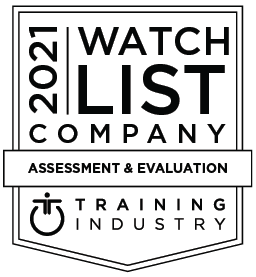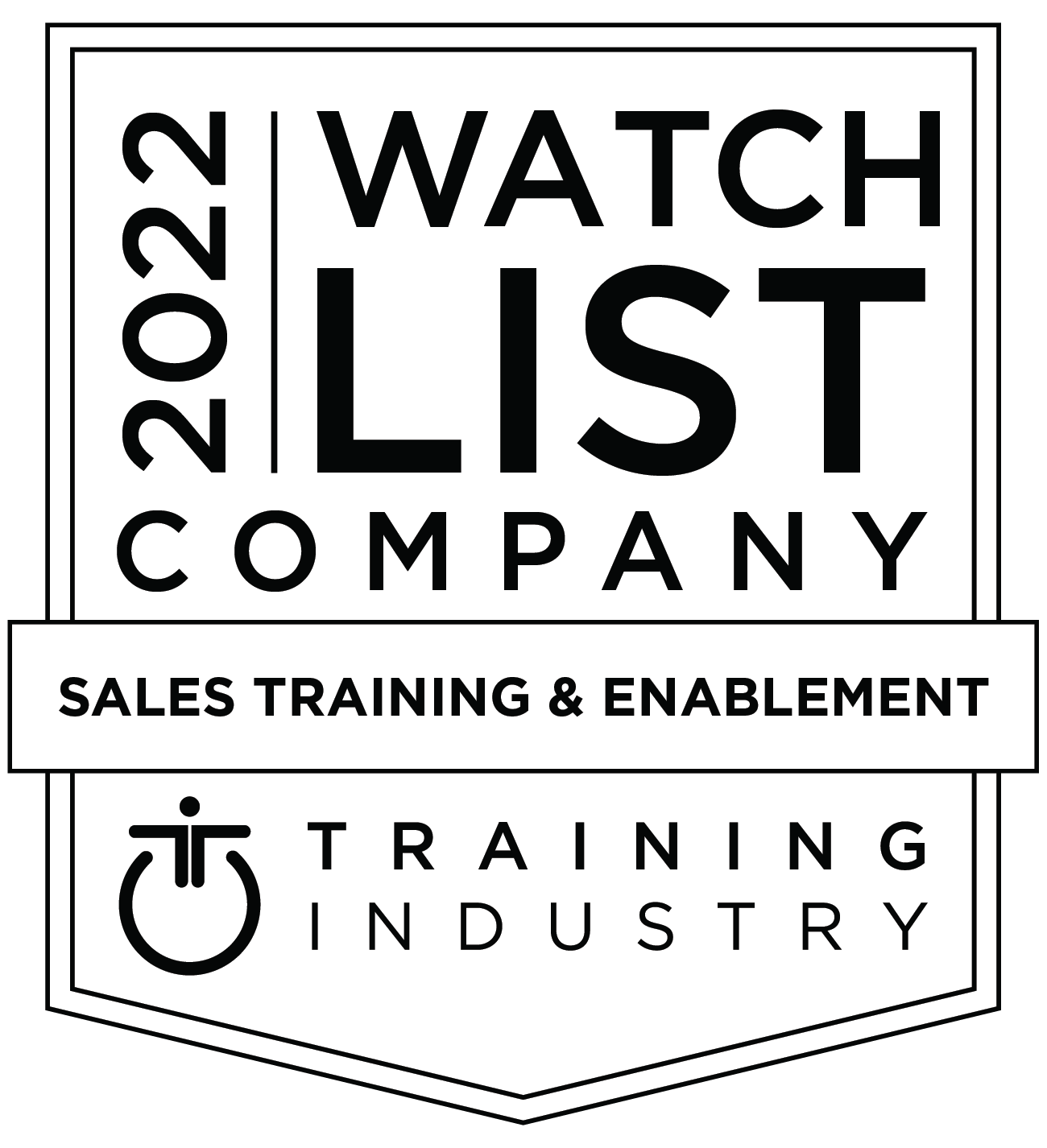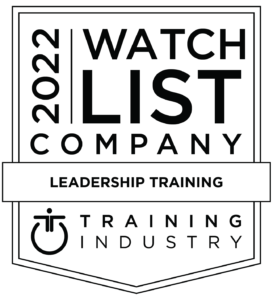Susan looks up as a new calendar notification pops onto her screen. Another Zoom call in 15 minutes.
A big sigh.
She’d been able to steal a few minutes between virtual meetings to finally concentrate on writing the new design specs and now, another Zoom meeting. These virtual meetings are endless, she thought. How in the world was she expected to get any real work done?
Then a silver lining. THIS Zoom meeting was with a salesperson – a vendor. Ahhh, a reprieve. Like most people, Susan asked herself before every Zoom meeting, “was this meeting multi-tasking friendly?” And outside meetings with vendors almost always were.
She could lend them half an ear and still get some work done on the design doc. If she missed anything, she needed to make a decision, she’d just ask them for a copy of their deck.
Susan’s problem is solved.
A problem solved for Susan is now a BIG problem for the salesperson.
That’s your salespeople’s new reality – distracted customers and prospects who are sick of virtual meetings and feel they don’t NEED to have conversations to make decisions because they can just read your slide deck or brochure later.
Back to Susan. There are three major challenges that a salesperson now has entering their Zoom call with Susan:
- Their powerful selling points are reduced to words on a slide
The verbal delivery of a message has the ability to make any messaging much more impactful and memorable than simply the sum of the words on a slide. But those powerful selling points are worthless if the customer is only half-listening while multi-tasking and just wants a copy of your deck. - Their ability to build a relationship with the customer is hampered
The relationship might be the single most important factor in closing business. People buy from people they like and trust. But, that’s almost impossible to build if the customer is only half-listening while multi-tasking. - Their value proposition has a much shorter shelf life
One powerful outcome of an effective sales presentation is the listeners are able to repeat the messages they heard to others within their own company. But that becomes much harder if the message is weakened and reduced to a PowerPoint deck that gets buried in someone’s email.
A sales presentation is too important to be diminished to a sideshow in your client’s day.
There are several ways to remedy this situation, but one of the most effective techniques is the use of STORIES.
A message can take two forms: Narrative which are just words, figures, facts etc. And Stories which allow the listener to see the information in their minds eye and relate to it on a completely different level.
The most powerful sales messages include BOTH narrative and story. In fact, a sales message without a story is an incomplete message.
The Science Behind the Art of Storytelling, as introduced in this HBR article, outlines the neuroscience behind stories, and why storytelling is critical to a successful sales culture.
Which brings us back to Susan’s Zoom meeting.
How could stories mitigate our three big problems?
If the salesperson has the ability to effortlessly weave stories, examples, anecdotes and word pictures throughout their presentation they can completely change its impact on the client.
But powerful selling points are meaningless if the listener never hears them. And that’s the risk you run when you have a multi-tasking audience. You have no idea what they actually heard and what they missed. Add a story to your selling point and the listener will stop typing mid-email to hear the story. Everyone loves a story. It’s instant engagement.
A story changes the relationship of your client to your value proposition. It helps them relate to the topic in a way that’s impossible with just narrative. They can see themselves in the challenges you’re describing. Storytelling makes the value proposition much more impactful.
And when the salesperson includes a personal story, the impact is multiplied. A social worker once remarked, “It’s impossible not to like someone once you’ve heard their story.” A personal story fundamentally changes the dynamic between the speaker and the audience.
And finally, any significant sales opportunity is going to require your key messages and differentiators to be remembered long after the meeting ends.
The meeting attendees need to be able to repeat YOUR message to others who weren’t in the meeting. Good luck having them remember and repeat bullet points on a slide, but you can just hear them say when asked about the meeting, “they talked about a time when they…”
Tell a story. Close a deal. Even on Zoom.










